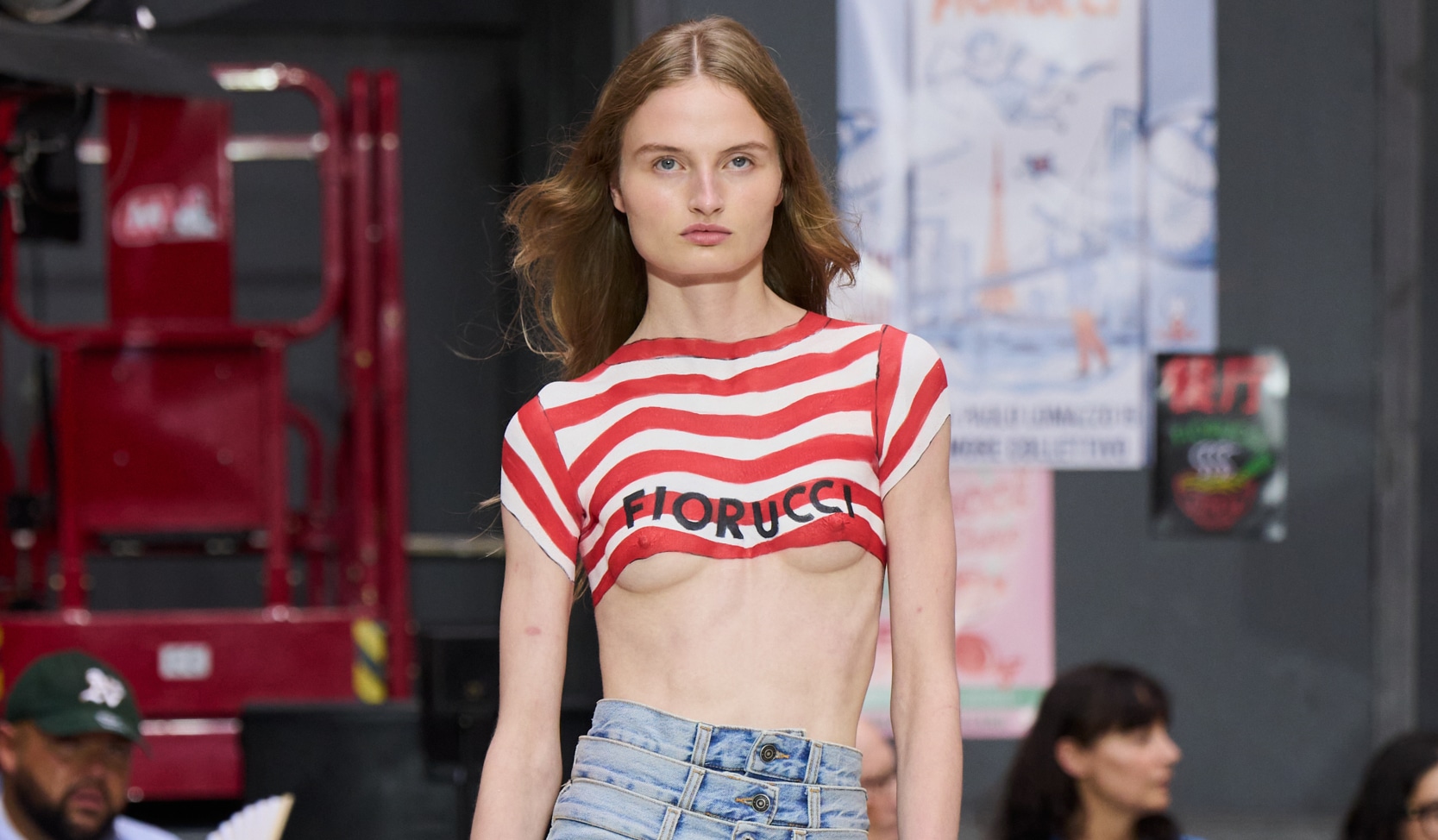How global activism, pop culture and social media merge to shape the next generation of superstars.
If you want to know how famous somebody is, google it. Now, this is certainly not anything new and the ability to attract and direct attention has constituted the very definition of celebrity from the start. Fame is beholden to three main factors: influence, visibility and relevancy, and of the three, relevancy is the kingmaker. It is the essential compo-nent in superstardom and the catalyst that drives fame. Maintaining it is, and always has been, everything. How to keep that wheel rolling, however, has changed drastically in the last decade. In 2010 Facebook made the epochal shift from “private by default” to “public by default,” and in doing so, flooded the information landscape. At the same time, Instagram was born, and just prior to that, Twitter introduced the retweet. All at once, everyone and everything was everywhere. With the technology to create, proliferate, and consume content at our fingertips, the effect was wholesale. Anyone could make it if they wanted to, and make it big. In 1968 Andy Warhol prophesied that in the future, everyone would be world-famous for 15 minutes. A half century later, those clairvoyant words have never rung so true. Warhol understood humankind’s obsession with the fleeting and ephemeral and saw the breakdown of traditional hierarchies of representa-tion. Though he would never live to see it, viral video and meme culture have indeed brought a contingent of overnight superstars to life. As we wade into the age of total recollection, outliving that hallowed 15 minutes requires more work than ever. When it all hinges on the direction you swipe, it is curious that the megastars of the 20s do not appear precari-ous but rather unassail-able, and seem to have achieved an unparalleled level of stardom. Social media is by nature gladia-torial, but a select few are showing that they can hold our collective gaze beyond those 15 minutes by owning it and reflecting it back in their image.
Fame –
is beholden to three main factors:
INFLUENCE, VISIBILITY and RELEVANCY,
and of the three,
Relevancy is the Kingmaker.



